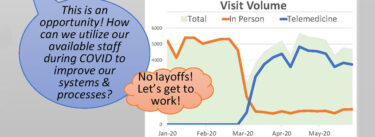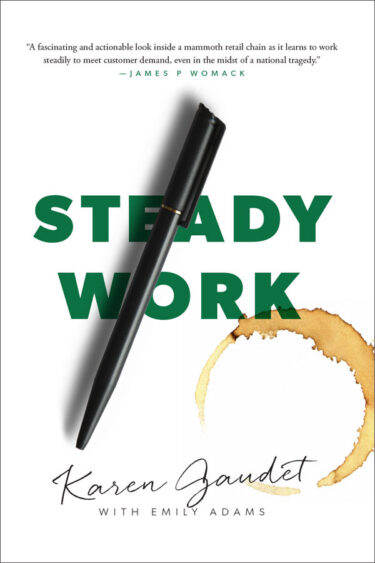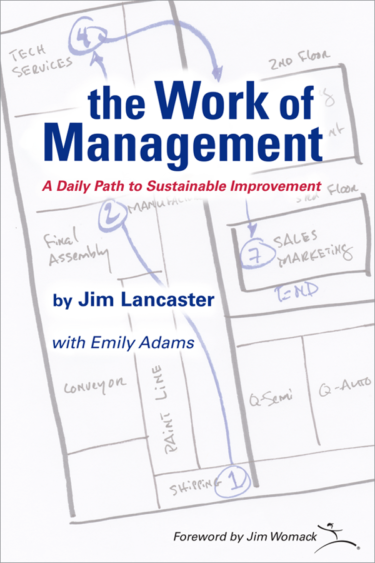Find out how to gain the trust of frontline contributors and, in turn, create a culture of continuous improvement that ensures organizational stability—and agility.
Helping frontline staff improve their work processes
The people who lead the frontline worker—whether the nurse or doctor tending a patient, the production worker securing a component to a product, or the barista serving coffee to a customer—are essential to a company that leads with lean thinking & practice. These line managers are responsible for creating an environment that allows workers to successfully complete, continuously improve, and routinely identify and address abnormalities in their work processes. They oversee and sustain the daily management practices that are foundational to creating stable, repeatable processes, facilitating effective response to unexpected changes in customer and market demand, and improving the organization’s performance.
The lean thinking line manager’s role serves as a linchpin connecting the social and technical elements of an effective lean management system and aligning the organizational vision to individuals’ daily practices. The manager oversees the development of standardized work and encourages and supports frontline workers as they improve it.
Critically, the line leader blends expertise in both the social and technical aspects of lean thinking & practice, gaining the trust of line workers (social) and promoting their use of the tools (technical).
For example, an andon requires the team leader to respond immediately to assist the worker who has called for help. A production analysis board, which captures and compares plan-versus-actual results along with a list of what didn’t go according to plan, demands that the supervisor supports the production team’s efforts to get back on track. And a huddle—which empowers workers to review problems, offer countermeasures to solve them, or escalate for further help—obliging the manager to enable the work team to address issues.
A line manager who can be counted on to react appropriately, without casting blame for problems and missed goals or immediately stepping in with “solutions” before asked, understands the socio-technical aspects of lean thinking & practice. Each of these proven lean tools will work only if the line manager reliably responds appropriately to the worker who is sharing the problem that the tool makes visible.
Line manager’s priorities are tied to the organization’s strategy, a crucial link where cascading high-level goals flow to the individual worker. By ensuring the line workers understand how what they do helps the organization achieve its goals and objectives, guiding workers to create stable processes, and enabling workers to improve those processes, line managers demonstrate respect for workers and promote organizational success.









